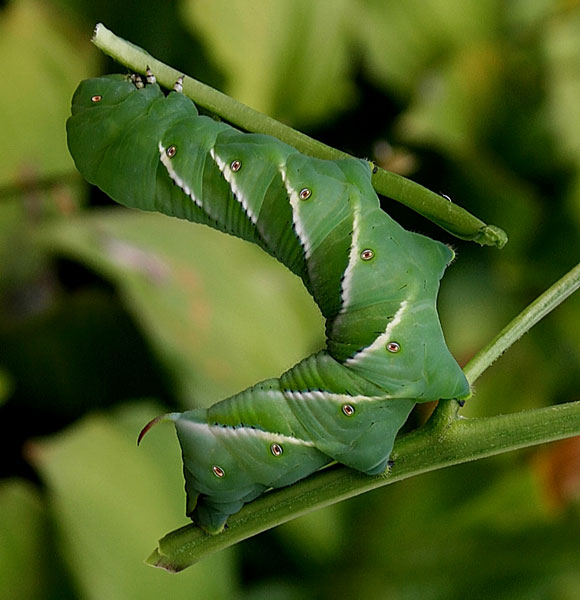

These include various mosaics, leaf roll, spindle tuber, and unmottled curly dwarf. Aphids tend to spread rapidly from field to field transmitting a number of viral diseases. Heavily-infested plants turn brown and die from the top down. As a result, blossoms are shed and yield is reduced. Aphids pierce veins, stems, growing tips, and blossoms with their needlelike mouthparts. Sporadic in occurrence, potato aphid infestations are rarely severe enough to kill plants. Although slightly smaller than adults, nymphs are similar in color and shape.

Adult females give birth to live young, called nymphs. The egg stage does not occur in South Carolina. Usually wingless, it is about ⅛-inch long and has a pair of long, slender tailpipe-like appendages known as cornicles. This soft-bodied, pear-shaped insect may be solid pink, green and pink mottled, or light green with a dark stripe. Weeds such as ragweed, lambsquarters, jimsonweed, pigweed, shepherd’s purse, and wild lettuce are also common food plants. Some important cultivated hosts include potato, tomato, eggplant, sunflower, pepper, pea, bean, apple, turnip, corn, sweet potato, asparagus, clover, and rose. Potato aphids infest a wide range of host plants. They are common visitors to home vegetable gardens in South Carolina. Carner, and P.A.C Ooi, Insects and their Natural Enemies Associated with Vegetables and Soybean in Southeast Asia, Potato aphids ( Macrosiphum euphorbiae) occur throughout North America. Potato aphid infestation ( Macrosiphum euphorbiae).


 0 kommentar(er)
0 kommentar(er)
